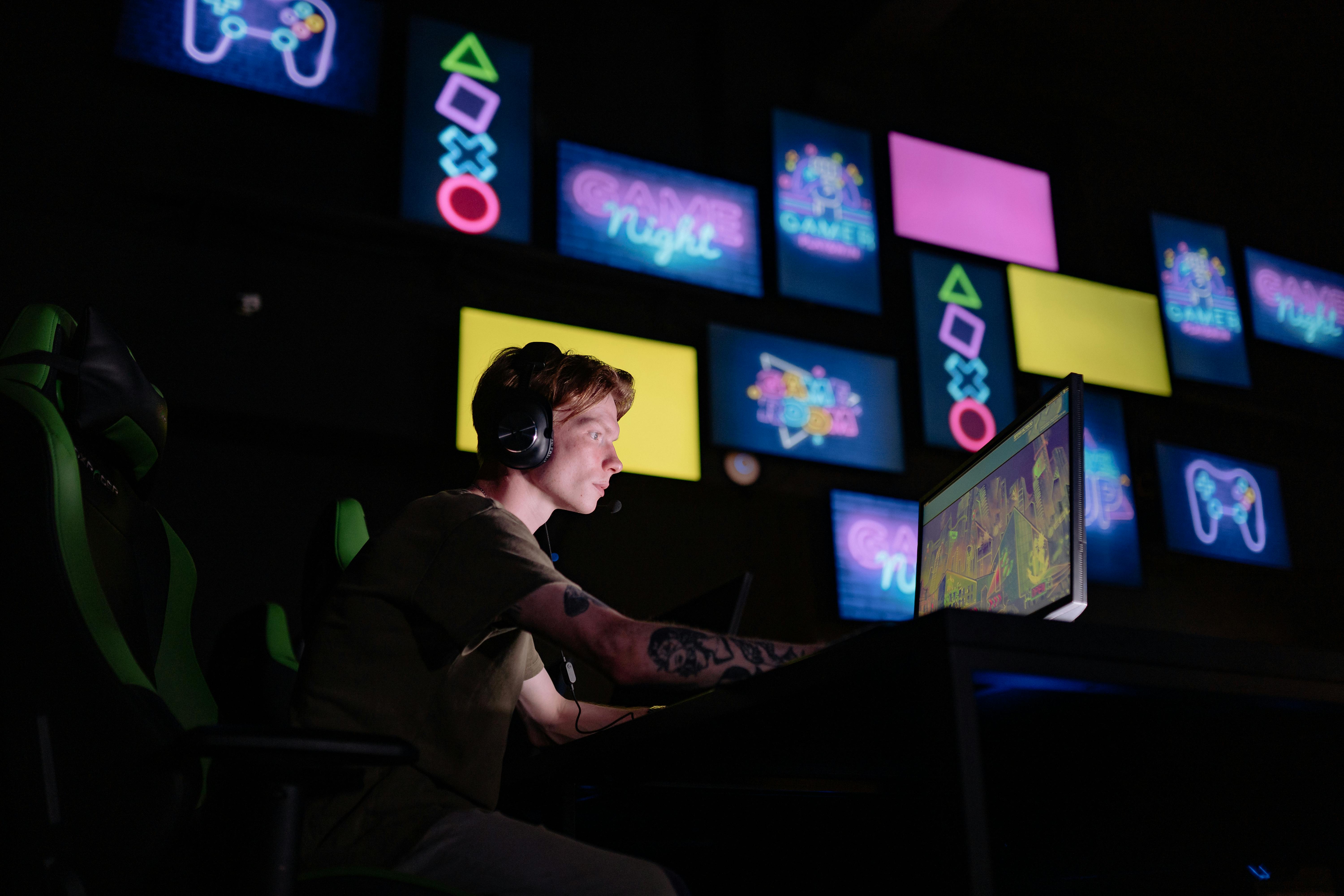Speeding Up Game Development and Testing Using AI

Artificial intelligence is no longer just a sci-fi dream in video games. It is now out there in the real world, reshaping how games are built, tested, and enjoyed. From massive RPG worlds to cunning strategy opponents, AI works behind the scenes, making everything click.
A recent report highlights that AI in game development is valued at $2.6 billion in 2025 and is growing at the rate of 28 percent annually. AI streamlines boring tasks, creates huge amounts of generative content, and reveals how players interact. This lets developers focus on what sparks joy: crafting stories and moments that stay with the player.
By taking on the heavy lifting, AI helps studios create complex, polished games faster. Generative AI creates videos and images that are required for rendering at a much quicker speed than traditional computer graphics (CGI).
Small teams can dream big, while big studios push the limits. This shift is changing the industry, letting creators pour their hearts into innovation. Players get richer adventures, packed with surprises, with games that feel alive.
Let us look into how AI is helping game development.
Unpacking AI's Role in Games
So, what is AI doing in game development? For starters, it is the brain behind non-player characters, giving them smarts to act realistically. Old-school games used basic scripts, like enemies flipping between “wander” and “attack.” Those felt stiff and predictable.
Now, AI uses tools like behavior trees for sharper decisions. These systems learn from data, not just pre-set rules, so enemies can spring a surprise.
This jump from rigid code to learning AI is huge. It creates game worlds that feel dynamic, like they're reacting to the player. Imagine a villain who studies a player's tactics and fights back smarter. AI's shift to adaptive systems means every choice the player makes shapes a unique adventure.
Crafting Gaming Worlds with AI Magic
Building giant game worlds, like sprawling forests or busy cities, used to eat up years. Now, with generative AI, which is used by over 90 percent of gaming companies, this takes a fraction of the time and cost.
A big part of the generative AI magic is Procedural Content Generation (PCG). Developers set basic rules, and AI builds entire landscapes, from mountains to taverns. Early PCG got heat for bland, repetitive maps. Now, trained on real-world designs, AI creates stunning, logical settings.
This speed lets small studios craft epic worlds once only big companies could afford. Bigger teams use it to make even wilder settings, ensuring no two players see the same map. PCG doesn't just save time; it sparks creativity. Developers tweak the details to make every corner feel special. Players dive into adventures that look and feel fresh every time they play.
AI's Speed and the Addiction Debate
Games are already commanding a big pull among gamers. Now, with AI's ability to churn out games fast, gaming is in abundance, which is a win for creators and players. More titles hit shelves, packed with rich worlds and smart characters.
But this flood of games has a catch. A 2024 WHO study states that 12 percent of teens are at risk of problematic gaming, raising concerns about addiction. Players hooked on immersive AI-crafted worlds might be at risk of compulsive gaming.
This is a serious concern among gamers and their families. Many are taking legal action against video game companies, as detailed in the ongoing video game addiction lawsuit. Gaming disorders are more prone in young gamers, as their brains are still developing, and may result in mental health issues.
TruLaw notes that affected individuals and their families can get compensated for the damage done, provided they qualify for the lawsuit.
Developers need to prioritize engaging narratives alongside player health, avoiding mechanics that lock people into relentless cycles. Although AI accelerates game production, it also sparks discussions about gaming's broader effects. Thoughtful design, combined with AI's capabilities, ensures games stay enjoyable without driving players to extremes.
Testing Games Like Never Before
Testing games is a massive job. Squashing bugs and balancing mechanics take forever. AI testers change everything. They zip through levels, spotting glitches like broken floors in hours, not weeks. A 2024 Statista survey states that 41 percent of game developers use AI for game testing. Programmed to hunt specific issues, they're relentless, catching errors humans might miss.
AI also balances games by playing thousands of rounds, flagging overpowered weapons or weak spots. This data helps developers tweak things for fairness.
This means that games launch smoother, with fewer patches needed. Gamers explore polished experiences from day one, thanks to AI's tireless work making sure every detail feels just right.
The Future Is Humans and AI in Sync
The impact of AI in game development is just starting. It is already helping build better game worlds, giving characters soul, and polishing testing to a shine. This frees up developers to chase big stories and fresh ideas. As AI evolves, it'll tackle trickier jobs, leaving humans to look at strategic and creative aspects.
This teamwork is only getting tighter. AI crunches the tough data, letting creators spin unforgettable tales. The result? Games that feel like real life, look bolder, and tug at the gamer's heartstrings. It is all about mixing tech's power with human passion, crafting adventures that pull them back in time and again.

